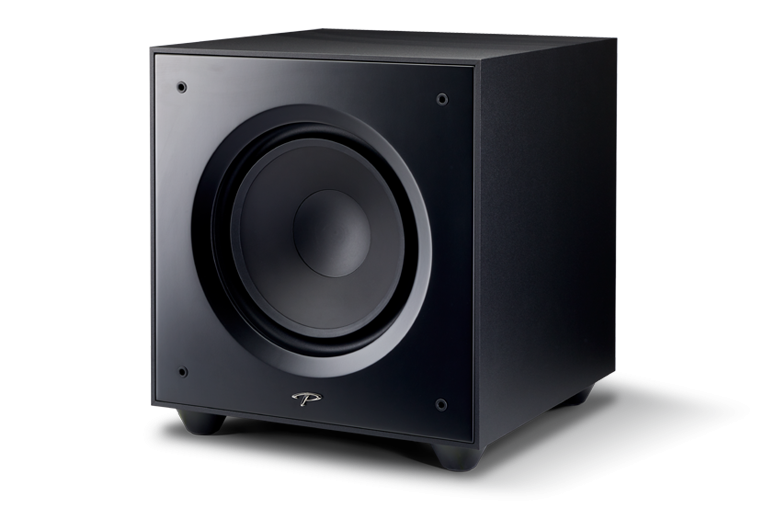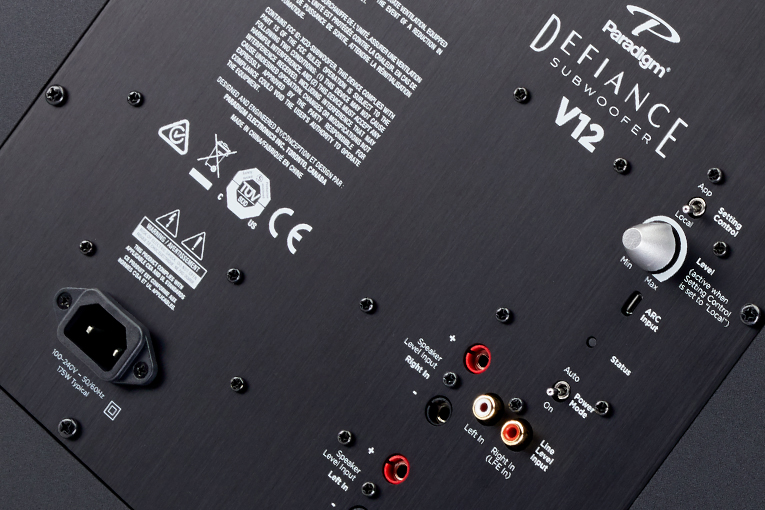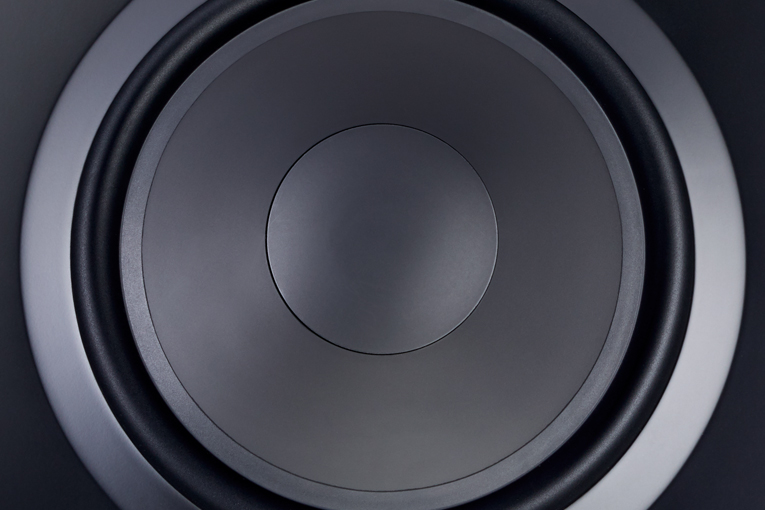 SoundStage! writer Diego Estan strongly believes that the proper integration of one of more subwoofers into a two-channel stereo system can elevate the sound quality of that system above what can be expected from an unassisted pair of stand-mounted or floorstanding speakers. In a July 2019 article, “Integrating a Single Subwoofer into a Two-Channel System for Beginners,” he cited two main reasons for this:
SoundStage! writer Diego Estan strongly believes that the proper integration of one of more subwoofers into a two-channel stereo system can elevate the sound quality of that system above what can be expected from an unassisted pair of stand-mounted or floorstanding speakers. In a July 2019 article, “Integrating a Single Subwoofer into a Two-Channel System for Beginners,” he cited two main reasons for this:
1) The sound produced by all but the most expensive and extreme speakers will benefit from the reinforcement provided by a subwoofer -- few speakers of any stripe can produce useful output down to 20Hz, the lower limit of human hearing.
2) Dollar for dollar, the quality of bass produced by a good subwoofer easily outclasses the quality of bass from a good or even a great speaker. This is due not only to the fact that subs are designed to reproduce only the low bass, but also because their placement in a room can be much more easily optimized to serve their intended purpose.
It’s not surprising, then, that Diego has evaluated for us numerous subs, including this month’s Recommended Reference Component, the Paradigm Defiance V12 subwoofer, which he reviewed in September 2019.

Priced at $649 (all prices USD), the V12 measures 18”H x 16.5”W x 17.9”D and weighs 42 pounds. It’s the flagship of Paradigm’s entry-level V series of subwoofers -- below it are the V10 ($549) and V8 ($399). The model numbers indicate, in inches, the diameter of each sub’s driver, the cones of which are made of polypropylene. Powering the V12’s driver is a 120W RMS amplifier capable of 250W peaks. Just one finish is available for all V models: Satin Black.
For control of the V12’s adjustments of volume, crossover frequency, phase, etc., Paradigm’s Subwoofer Control app is available for free download to Android and iOS smartphones. But for more complete integration of the V12 into a two-channel or multichannel audio or home-theater system, Anthem Room Correction (ARC), developed by Paradigm’s sister company, Anthem, is also built into the V12. For this, another free app (Android or iOS) is available, and the smartphone it’s downloaded to can then be used as a microphone to take the measurements required by ARC. (A separate, Paradigm-calibrated mike can also be used but is not included.) The smartphone and subwoofer communicate via Bluetooth.

According to Diego, these apps worked well in integrating the V12 into a system that included Paradigm Premier 100B minimonitors, but he found ARC mandatory to get the best performance from the V12: “Overall, with ARC engaged, the V12 generated full, articulate, well-defined, room-filling bass, with excellent slam and low-end extension. I was impressed with what I’d achieved using only a smartphone and two free apps.” In fact, Diego found that ARC allowed the V12 to perform far beyond its price. He played “Hold On, We’re Going Home,” from Drake’s Nothing Was the Same (16-bit/44.1kHz FLAC, Cash Money), while pitting the V12 against one of the SVS SB-4000 subwoofers ($1499.99) he uses as a reference: “with the V12 with ARC vs. my SB-4000 with built-in EQ, it was difficult to declare a winner -- remarkable, given that the SVS costs more than twice as much as the Paradigm. The V12’s reproduction of this track’s sustained low-frequency pulses was more satisfying -- fuller, with slightly more guttural presence -- than with the SVS.”
Diego next compared the two subs with “Like a Stone,” from Audioslave’s Audioslave (16/44.1 FLAC, Sony/Legacy), a track that contains bass that you can hear with your ears and feel elsewhere throughout your body, assuming your speakers and sub(s) can reproduce it. His decision went to the SVS: Diego found that the kickdrum was reproduced “with a bit more control and slam -- the bass felt tighter,” and that “the pressure waves I felt in my chest were slightly more intense, and felt a little ‘faster’” with the SVS sub. Yet it wasn’t a slam dunk for the SVS -- with this track, Diego thought, “the V12 wasn’t far behind.”
To see if he could swing the pendulum in the favor of the much more expensive SVS, to which no room correction had been applied in the above comparison other than the SVS’s own built-in equalization, Diego next integrated the V12 into his then-reference system: SVS-4000 sub and Bowers & Wilkins 705 S2 speakers, room-corrected using Dirac Live. For these tests he used Dirac Live instead of ARC for the V12 as well, to ensure that he was comparing apples with apples, and found the differences between the two subs small.

His final test, using “She Will,” from Lil Wayne’s Tha Carter IV and featuring Drake (16/44.1 FLAC, Cash Money), was the one that made the differences between the subs “most obvious”: “The SB-4000 managed to dig down deeper in reproducing ultra-low bass, and the slam of the thumping bass notes had just a bit more pressure with the SVS. Still, these differences were obvious only in these direct comparisons. The Defiance V12 really did perform admirably, especially considering its price.” In the “Conclusion” of his review, Diego summed up: “All told, the Defiance V12 is a great value that I wouldn’t hesitate to recommend to anyone -- even those willing to spend much more.”
When Diego’s review of the Paradigm Defiance V12 was published, the subwoofer earned, based on his high recommendation, our Reviewers’ Choice award. In December 2019, the Defiance V12 was recognized as one of our 2019 Products of the Year: Exceptional Value. This month, we add it to our list of Recommended Reference Components -- the lowest-priced subwoofer yet to be included.
Manufacturer contact information:
Paradigm Electronics Inc.
205 Annagem Boulevard
Mississauga, Ontario L5T 2V1
Canada
Phone: (905) 696-2868, (905) 564-1994
Website: www.paradigm.com






















